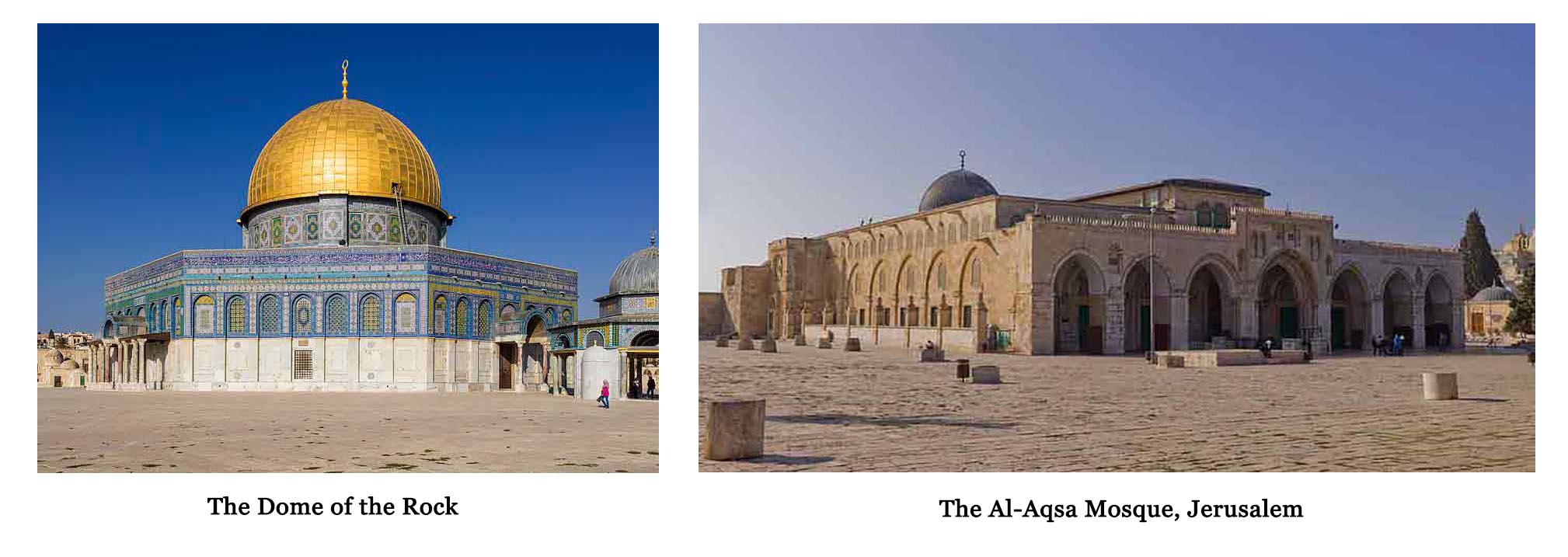
Among the various Jewish sects that got created among the Jews viz., the Sadducees, the Pharisees, the Essenes, the Zealots, etc., the Sadducees, the Essenes and the Zealots were almost eradicated in the aftermath of the First Jewish-Roman War and only the Pharisees who were the moderates among them survived. Later, ‘Rabbinic Judaism’ (that recognized the oral and the written Torah) originated from the Pharisees. Since the sixth century till now, they are the ones who hold all the authorities of Judaism.
After the First Jewish-Roman War, all the Jews across the Roman Empire were heavily taxed irrespective of whether they lived in the province of Judea or not. A separate agency named ‘Fiscus Judaicus’ was created for the purpose of the collection of these taxes. The Jews used to give a fixed share from their earnings to the administration of the Holy Temple towards its maintenance. With the Holy Temple no more in existence, the Jews were asked to redirect their payments to the ‘Temple of Jupiter Optimus Maximus’ in Rome. The non-existence of the Holy Temple was used by the Romans to justify added levying of the taxes on the Jews.
Towards the end of the period of the Second Holy Temple, an important set of developments had started to take shape. Among the Jews, a particular group of people was getting formed which had begun to consider ‘Jesus Christ as a divine incarnation’. This group gradually drifted from the Jewish religion and its tenets. The process of the rise of Christianity had begun.
Moreover, when the Roman Empire imposed heavy taxes on the Jews, this new sect that worshipped Jesus, filed a petition with the Roman royal court saying that they were not Jews as they did not follow the Jewish religious principles and hence be exempted from these taxes.
However, by the time the Jewish Christians emerged as a separate religious group with an identity of its own, the world was already in the year 313AD.
With the Holy Temple destroyed, community prayers at the highest level, sacrifices to God, etc. were no longer the ‘focal points’, increasing consequently the importance of individual prayers offered at residences and at the ‘Synagogue’ (a local-level Jewish place of worship built at various locations).
In the past too, the Jews did offer prayers at their homes. However, the prayers lacked a well-defined system or discipline so to say which they gained during these times. Efforts by the first Jewish sage ‘Johanan ben Zakkai’ were primarily responsible for this systematization. Hiding in a coffin, Johanan is said to have secretly escaped from the siege which Titus had laid to Jerusalem. He fled and went straight to meet Vespasian, who was not crowned emperor till then. He then foretold that Vespasian would soon be emperor. Later, when Vespasian indeed became the Roman Emperor, he sent for Johanan and asked him to express his wishes. Johanan then asked that a Jewish religious school imparting training in Jewish religious principles and tenets be founded at ‘Yavne’ (Jabneh). He also sought permission to freely practise Jewish laws and religious principles there. Vespasian granted him the wish.
In the times that followed, the Jewish religious centre founded by, Johanan and his loyal and committed colleagues performed the important task of promoting and spreading the Jewish religious principles and more importantly that of imparting a definite order and discipline to individual prayers performed in the Jewish households. Johanan is considered to have played a major role in the making of the ‘Mishnah’, the first major written collection of the Jewish oral traditions. The laws that he devised are followed by the Jews even today.
Also, with his efforts, Johanan renewed the tradition of the ‘Sanhedrin’ (the central Supreme Court of 71 rabbis or the ‘Great Sanhedrin’ and the local smaller courts of 23 rabbis or the ‘Lesser Sanhedrin’).
Later, with the ‘Second Jewish-Roman War’ (the ‘Kitos War’) that took place from 115-117 AD and the ‘Third Jewish-Roman War’ (‘Bar Kokhba revolt’) that happened between 132-136 AD, the Roman army crushed the Jewish uprising.
After the Third Jewish War, Hadrian, the then Roman Emperor, with an intention to wipe off ‘Judea’ from the map, renamed it as ‘Syria Palaestina’ and also renamed Jerusalem as ‘AeliaCapitolina’. Moreover, the Jews were prohibited from entering Jerusalem. During this period, about ten thousand Jews were brought to Rome and sold as slaves. However, Johanan came to their rescue and using his good offices got most of them freed. But, at the same, thousands of Jews were killed while those who escaped from all of this voluntarily migrated elsewhere.
These restrictions were later relaxed after Hadrian’s death and the day of ‘TishaB’Av’(the ninth day of the Hebrew month of ‘Av’) – the day of fasting was made an exception for the Jews to enter Jerusalem. It is the day which has witnessed many disasters in Jewish history (both the Holy Temples were destroyed on this day) and hence is annually observed as a day of fast and mourning.
Later, in the fourth century, Constantine, the then Roman Emperor officially recognized Christianity as a separate religion. He made Constantinople (Istanbul, the largest city in modern-day Turkey) his capital and declared Christianity as the official religion of the Roman Empire. Constantine’s mother, Empress Helena (Saint Helena) toured Jerusalem from 326-328 AD and built a few churches at some places in Bethlehem considered important in Christianity. The name ‘AeliaCapitolina’ was reversed and the city was renamed ‘Jerusalem’.
In the meantime, in 390 AD, the Roman Empire underwent divisions and the early-day province of Judea fell under the ‘Eastern Roman Empire’ (the ‘Byzantine Empire’) that was under the influence of ‘Eastern Orthodox Church’. This was the time when Judea was seeing a steady increase in the Christian population while the Jews were still displaced from the land that rightfully belonged to them. The ‘Jewish diaspora’ had begun to scatter and spread increasingly. Judea remained a part of the Byzantine Empire until 634 AD.
For the next many centuries, many other aggressors kept conquering the region from its incumbent rulers, and the Jews too kept experiencing almost the same plight.
Meanwhile, the Arabs who are considered to be the descendants of Ishmael (Ismail) –a son of Patriarch Abraham, were growing increasingly strong in Arabia and the Middle East. Their imperialistic zest insatiable, they began attacking the Byzantine Empire at multiple places.
During the period that stretched from 634 AD to 636 AD, the Arabian invaders conquered Jerusalem and renamed it ‘JundFilasṭin’. This spelt the end of the Christian predominance over the region and the establishment of Islamic influence over the area. However, the restriction to enter the city of Jerusalem imposed on the Jews by the Roman emperors was lifted. It was during this time,i.e. in 691 AD, the then Caliph Abd al-Malik built the ‘Dome of the Rock’, an Islamic shrine on the ‘Temple Mount’, which was considered to be supremely holy by the Jews. Later in 705 AD, the Al-Aqsa Mosque too was built not far from the Mount. Until the year 1099, the region continued to be ruled by dynasties of various caliphs.
A millennium had already passed, but the times much awaited by the Jews, the times that meant the realization of their dream of settling in Jerusalem, their rightful land, were as yet nowhere in sight….(To be continued…)















